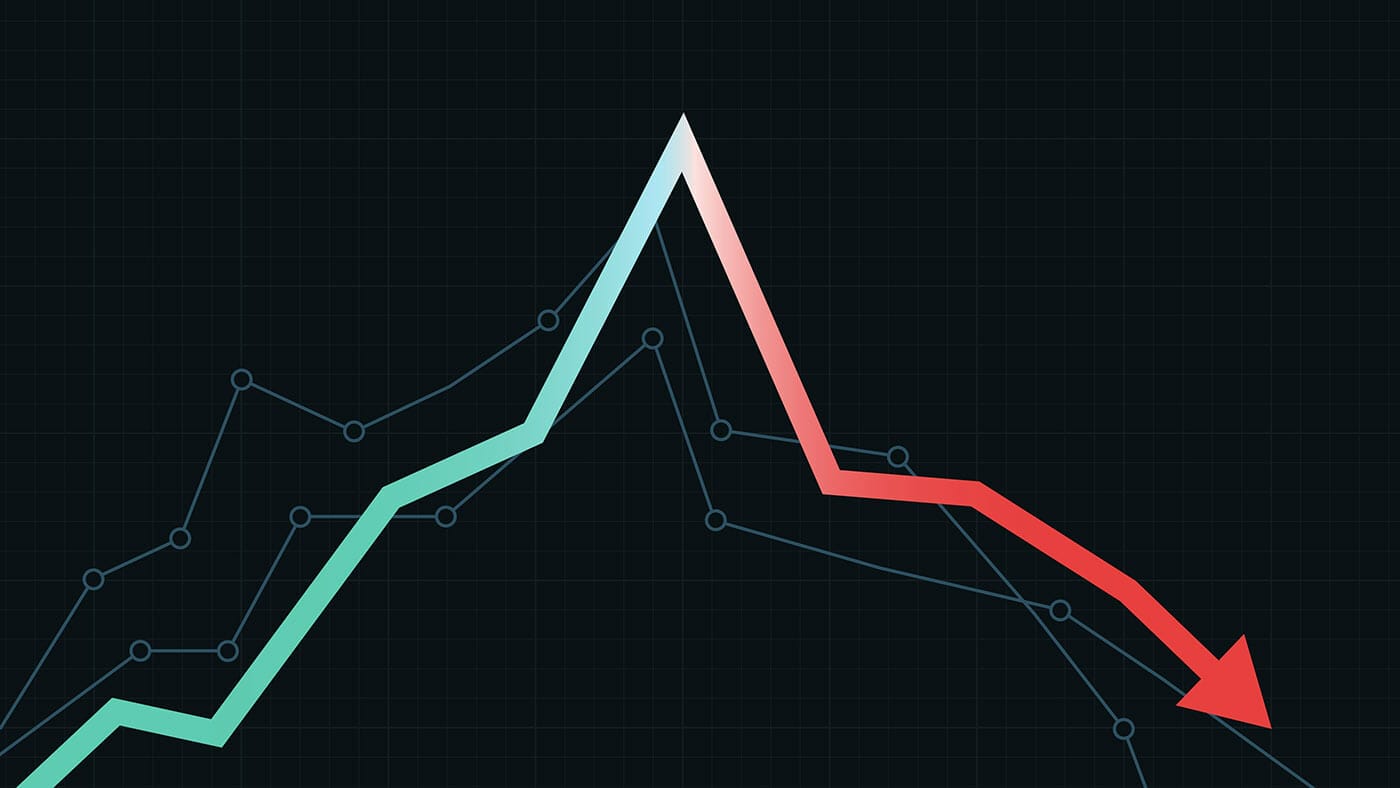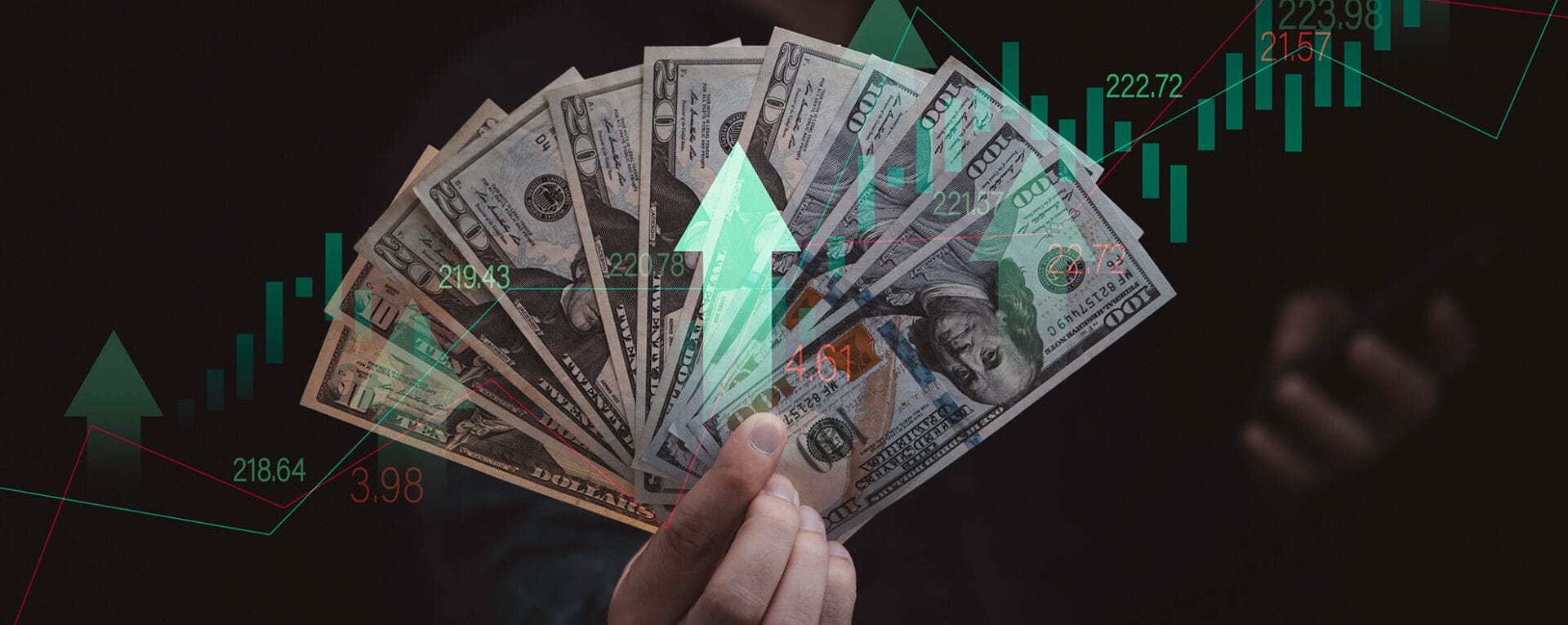
What Is Drawdown in Trading?
MAVEN TRADING OPERATES A SIMULATED TRADING ENVIRONMENT THAT REPLICATES CERTAIN REGULATED FINANCIAL MARKETS BUT DOES NOT INVOLVE TRANSACTIONS IN OR SERVICES CONCERNING REGULATED FINANCIAL INSTRUMENTS.
MAVEN TRADING DOES NOT SUPPLY ANY REGULATED FINANCIAL SERVICES. MAVEN TRADING IS NOT REGULATED OR AUTHORIZED BY ANY FINANCIAL SERVICES REGULATOR IN ANY JURISDICTION.
Are you an experienced trader looking to refresh your knowledge of key topics? Are you just about to enter the world of trading for the first time and researching important concepts?
In both cases, knowing what a drawdown is and why it’s important in the world of trading can help.
Drawdowns are a part of trading for just about everyone — they can’t be completely avoided. It’s all part of the risk of investing. Some trades will pay off, others will lead to a loss. And not every drawdown is
At the same time, a large drawdown can be a sign of some serious issues. Those concerns could be related to specific assets or your overall trading strategy. Fortunately, traders can use drawdowns to adjust their performance and better understand risks.
Let’s take a closer look at what a drawdown is in forex, commodities, crypto, and other commonly traded assets. We’ll cover the rules of a drawdown, share a detailed definition, and much more.
Definition of a Drawdown in Trading
In forex, crypto, and other types of trading, a drawdown refers to a decline in the value of a trading account. This decline occurs over a specific period of time. It often involves a series of trades that leaves the account with less value than it had previously.
However, the basic drawdown concept can be applied to both individual assets and overall accounts. The idea is the same for each: Measuring the drop from its peak value to the lowest point, called the trough.
As Investopedia explains, drawdowns can help to track the historical risk of an investment. They can also be used to assess trading performance on an individual level.
Whether it’s measuring account value or tracking one asset, a drawdown is indicated by three points. Moving forward, assume that drawdowns are being discussed in the context of overall accounts as opposed to individual assets:
- The initial peak in value. This is the highest point that the account reaches before the decline starts. It represents the point where the account had the most value.
- The lowest point, or trough. The trough is the lowest value reached by the account, such as what happens after a losing streak of trades. This low point must be followed by a new peak, equal to or greater than the previous one. Otherwise, it’s possible that an even lower point could be reached before the account recovers.
- The new peak. The new peak is either equal to or greater than the value of the initial peak. Once this point is reached, you can confirm that the lowest point reached between the two peaks was truly the trough. That’s important for accurately measuring a drawdown.
In general, small drawdowns should be expected when trading. Risk can be managed in trading, but it can’t be avoided entirely. Relatively minor drawdowns aren’t a reason to panic.
However, large drawdowns are a sign that something’s gone wrong with a trading strategy. It might indicate a lack of sound risk management tactics or other issues with an approach to trading. Diversifying the assets you trade, among other strategies, may help to reduce drawdowns.

Making emotional trades or going “on tilt” is not the way out of a drawdown. Moving away from the principles used to guide trading can cause problems. Attempting to make all of the money lost in a drawdown back quickly often results in more losses.
Expressing and Understanding Drawdowns
Drawdowns chart the downward performance of a trading account. To make their effects clearer, drawdowns are often written in percentages. That makes it easier to understand their impact, especially when a peak, trough, or both aren’t a simple, round number.
For example, consider a trading account with an initial peak value of $15,000. After a series of losing trades, the account dips to a low value of $11,250. The trader notices the decline, adjusts their strategy, and eventually brings their account back up to a value of $18,850.
Those good at quick calculations will realize the account lost 25% from its initial peak to its trough. Expressing the drawdown as a percentage makes it easier to understand the total value lost from peak to trough. It’s simply a way to add some context, no matter the specific figures involved.
Does a Drawdown Always Indicate an Absolute Loss?
A drawdown in trading is not always a sign of overall loss in account value. It indicates the loss of value over a period of time. That loss may or may not be greater than total gains in the bigger picture.
For example, think of an account that starts at $50,000. It then grows to an account balance of $75,000, thanks to a series of successful trades. Following this peak, bad trades lead to the account dropping to a value of $65,000. Eventually, the trader adjusts their risk management strategy and the account reaches a new peak of $78,000.
This is, by definition, a drawdown. The account declined in value from the peak to the trough, then recovered. However, the account always remained ahead of its starting value.
To be clear, significant drawdowns are without a doubt a sign of negative performance. They indicate loss over a specific period of time. However, drawdowns do not always mean that all gains are wiped out, or an account isn’t profitable overall.
Drawdowns in Funded Trading
In funded trading, a basic concept enables the potential profits for both the prop firm and the individual funded traders. The prop firm gives the trader the funded account, while the traders make the investment decisions.
Understandably, prop firms want to limit losses — it’s their money on the line. That’s why it’s standard for these firms to set maximum drawdowns for funded traders. This limit helps the firms stay stable in the long run and reliably provide payouts to successful traders.
At Maven Trading, we make our drawdown policies clear for each and every challenge, as well as for funded accounts. Learn more on our FAQ page.
Ready to take the challenge and become a funded trader?
PLEASE SEE THE MAVEN TRADING WEBSITE AND OUR CUSTOMER TERMS AND CONDITIONS FOR MORE DETAIL.
Related thoughts and opinions
Stay informed with our informative blog posts.




